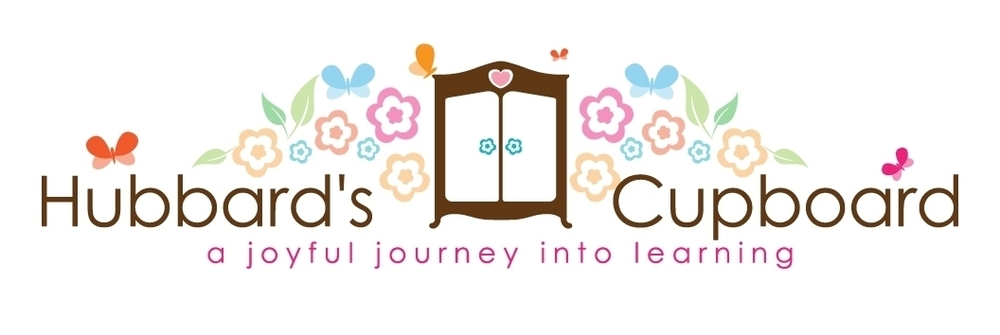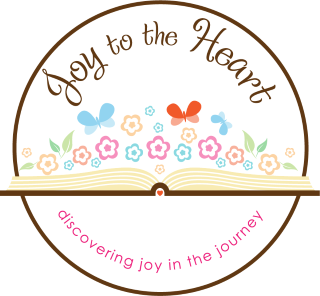The Three Billy Goats Gruff
by Paul Galdone
Focus Story:
The Three Billy Goats Gruff by Paul Galdone
Companion Poem:
Jack and Jill
Day 1
Old Favorites: Reread charts/poems from previous stories
Prior Knowledge:
Write 'The Three _____' for students to see and ask students to guess the title of this week's story. Once students have discovered the title, show them the cover of the book and ask them to share facts that they think they know about goats. Then, show students real pictures of goats and share some facts about goats that will be helpful for them to know before hearing the story (such as where goats usually live, what goats like to eat, body parts such as horns and hooves, what sound they make, etc.).
Focus Story:
Reread the title; Introduce the author and illustrator; Explain that in this story, although goats can be real, there is another character in the story who is not real- a troll; Have students make predictions about what a 'troll' might look like; Ask students to listen as you read to see what the troll looks like and to listen for things that happen three times each (being stopped by the troll, the sound of the goats stepping on the bridge, crossing the bridge, etc.).
Day 2
Focus Story:
Reread- Shared Reading (encouraging students to join in on the repetitive phrases); Let students point out the all the letter Gg's that they find on the cover of the story; Have students work together to sort picture cards into two piles- those that start with the sound of /Gg/ and those that do not; Introduce an enlarged version of the predictable retelling booklet by taking a picture walk (focus on where the troll and goats are located, the size of the goats, and sound the goat's hooves make); Have students assist in reading the predictable retelling booklet
Companion Rhyme:
Explain to students that they will learn a nursery rhyme in which the characters, like the goats, are attempting to make it up the hillside and have difficulties; Introduce companion nursery rhyme 'Jack and Jill' by looking at the pictures (introduce the concept of a well and words such as 'fetch', 'pail', and 'crown'); Have students read the poem, echoing each line after you; Teach students how to sing this poem as well; Ask students to brainstorm what Jack and Jill might do next after falling down the hill. (How would they feel? What would they do? Would they be blame each other for the fall, help each other up, go for help, go back up the hill, etc.); Sequence pictures to show the order of events in the poem 'Jack and Jill'
Day 3
Companion Rhyme:
Reread companion nursery rhyme 'Jack and Jill' – choral reading; Reread aloud a second time, pausing for students to fill in the rhyming words (hill, crown); Explain to students that you have pictures of other items that rhyme with the words 'Jill' and 'hill'. Ask them to point out the letters that are the same in those two rhyming words. Present the word family 'ill' pictures one at a time, discussing with the students what they already know about each, the name of each, how it is used, etc. ('-ill' Word Family Picture Cards)
Focus Story:
Have students find the word family letters in the title of the story; Reread- Shared Reading (with students joining in on the repetitive phrases); Reread the enlarged version of the predictable retelling booklet; Prepare for acting out the story by discussing how the goats' hooves hitting the bridge sound. The smallest goat's hooves tap lighter than the others and the biggest goat's hooves tap the loudest. Give students wooden blocks to practice tapping on your cue. Choose three students to be the goats and one student to be the troll. All the other students can make the sound effects using the wooden blocks. Help students decide proper placement for the characters, stressing the terms up, on, over, under, and down.
Day 4
Companion Rhyme:
Reread companion nursery rhyme 'Jack and Jill' several times (Varying the way students say the rhyme – all together/boys and girls every other line, pairs saying different lines, etc.); Display all of the 'ill' word family picture cards face up on the floor. Ask students to listen carefully to clues in the riddles in order to locate the picture that the riddle is describing (rhymes and makes sense). Once found, reread each riddle with students inserting the name of the matching picture. ('-ill' Word Family Riddle Cards)
Focus Story:
Reread the enlarged version of the predictable retelling booklet together; Make an edible retelling diorama following the directions below. Then have all students orally retell the story aloud at the same time, making sure each individually manipulates their own goats and troll to retell the story.
Edible Retelling Diorama
(This idea is from another PreK/ K teacher named Susan on the Teachers.Net Early Childhood Chatboard.)
Each child will need:
1 small paper plate
1 knife
1 spoonful of chunky peanut butter (dirt)
1 spoonful of coconut (colored green for grass)
1 large Frito (bridge)
3 marshmallows (goats)
1 purple grape (troll)
½ of a blue Fruit Roll-Up (water/stream)
Once students have finished eating and are all cleaned up, call them back to the group time area to begin work on a class-retelling mural. As students discuss the characters and the setting, make a list of all of the things they say (small goat, medium goat, big goat, troll, bridge, water, valley, hill of green grass, etc.) Then assign either individual students or pairs of students to work together to draw each element listed. Glue the students' drawings onto a large sheet of rolled chart paper.
Day 5
Focus Story:
Reread- Shared Reading (with students joining in on the repetitive phrases); Reread the enlarged version of the predictable retelling booklet; Complete the class retelling mural by using interactive writing to label the drawings and to write what each character said. Keep the mural displayed in the classroom for use during ABC Center activities such as 'Read the Room' and 'Write the Room.' (This idea is from Interactive Writing: How Language and Literacy Come Together by McCarrier, Pinnell, and Fountas, Heinemann: 2000.)
Related Read Aloud Stories/Poems
Focus Story: The Three Billy Goats Gruff by Paul Galdone
Companion Poem: Jack and Jill
The Three Billy Goats Gruff by Janet Stevens
The Three Billy Goats Gruff by Stephen Carpenter
The Three Billy Goats Gruff by P.C. Asbjornsen
The Three Billy Goats Gruff by Ellen Appleby
The Three Billy Goats Gruff by Susan Hellard
The Three Billy Goats Gruff by Glen Rounds
The Three Billy Goats Gruff by Val Biro
The Three Billy Goats Gruff by Ted Dewan
Gregory the Terrible Eater by Mitchell Sharmat
The Three Billy Goats Gruff/Just a Friendly Old Troll (Another Point of View) by Alvin Granowsky
Possible Cross Curricular Connections
Math:
1) Sort and categorize by sizes (small, medium, large or big, bigger, biggest)
2) Focus on position words (on, over, under)
3) Measure using water and a pail
Literacy:
1) Letter Focus 'Gg', 'Tt'
2) Word Family Focus '-ill'
3) Listen to the story at the listening center and use flannel characters to retell
4) Create a Venn diagram comparing two versions of the folk tale
5) Color/cut out the three goats to use for retelling at home
6) Color a small booklet containing simple, predictable text and pictures of The Three Billy Goats Gruff (The booklet is in Whole Language Units for Favorite Tales by Cerbus and Rice, Teacher Created Materials: 1995.)
Science:
1) Plant grass
2) Perform a sink and float activity (then interactive write about the findings)
3) Learn more about goats and how they help us (how their hair and milk are used, etc.)
Art:
1) Make a Jack and Jill (from More Nursery Rhymes)
2) Display a variety of pictures showing bridges and have students build bridges for the goats to cross using wood blocks, Tinker Toys, popsicle sticks, carrots and toothpicks, play dough, marshmallows, etc.
The Three Billy Goats GruffResources
Goat Math- for elementary aged students from Math Stories.com
Three Billy Goats Gruff Lesson- from Webbing into Literacy
Jack and Jill Lesson- from Webbing Into Literacy
Printable Jack and Jill Rebus Rhyme- from Enchanted Learning









